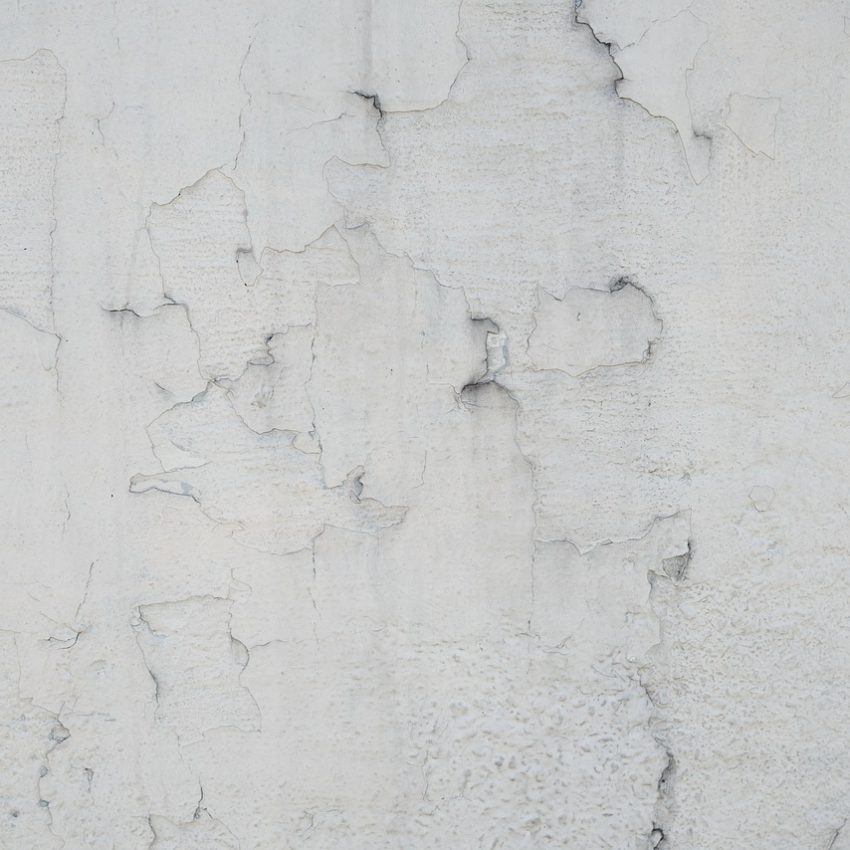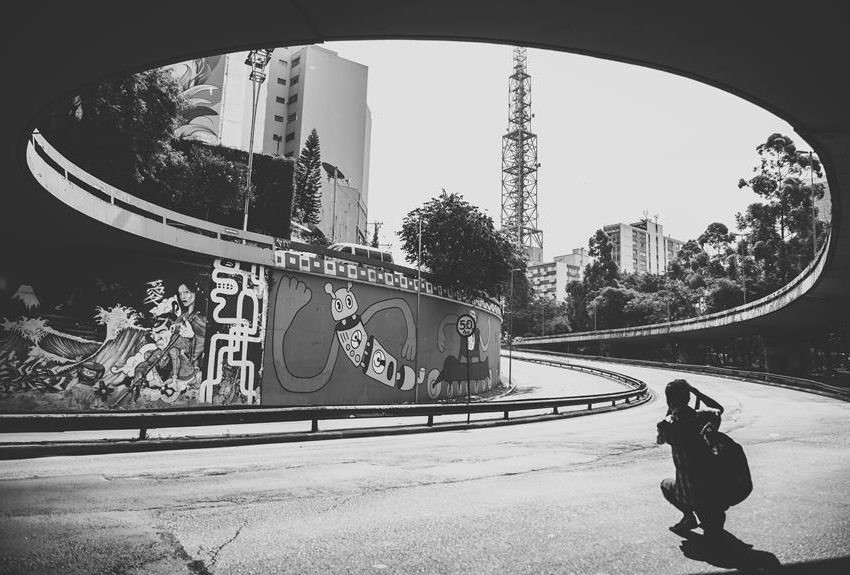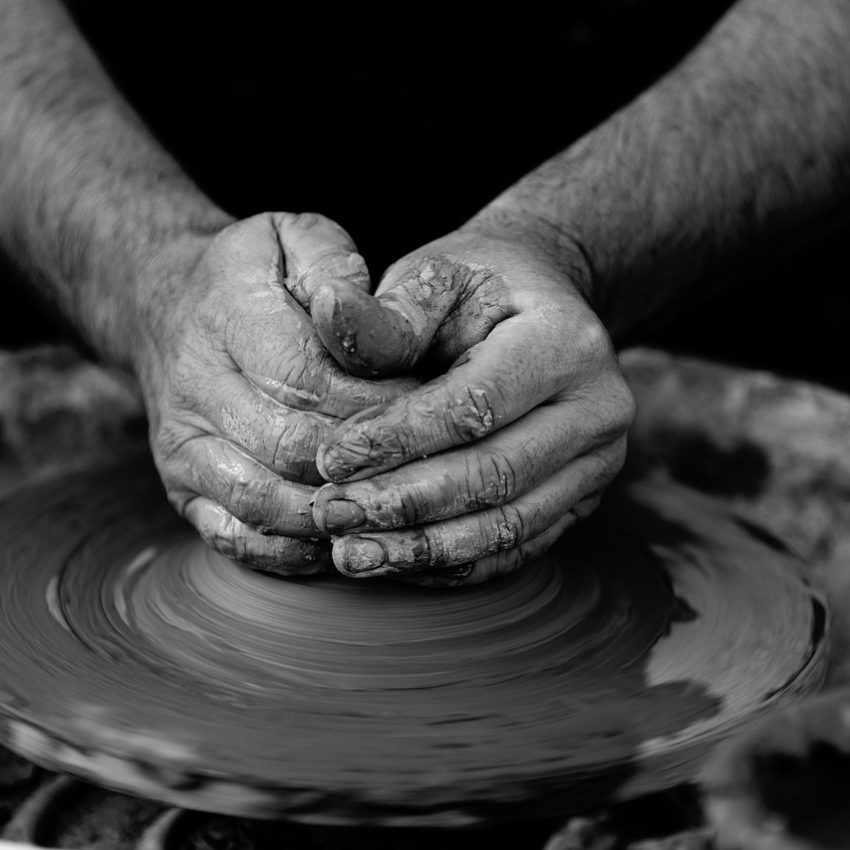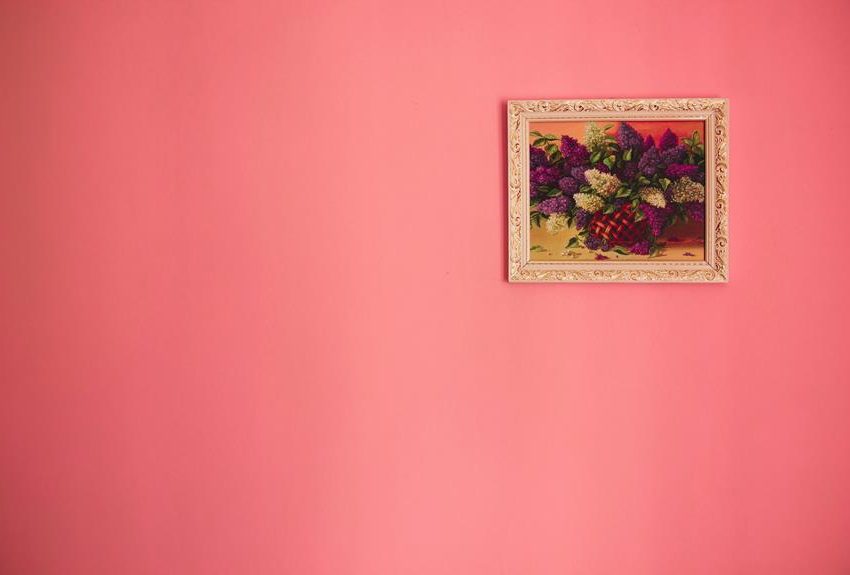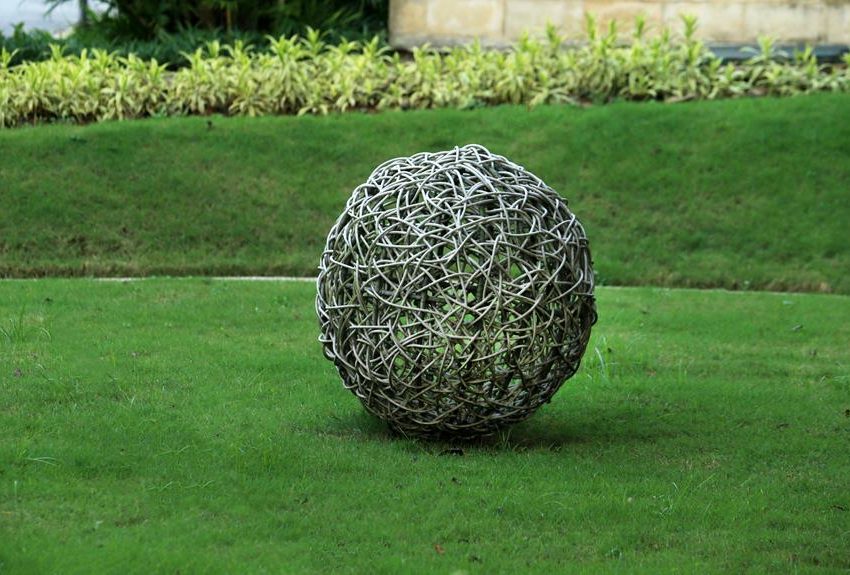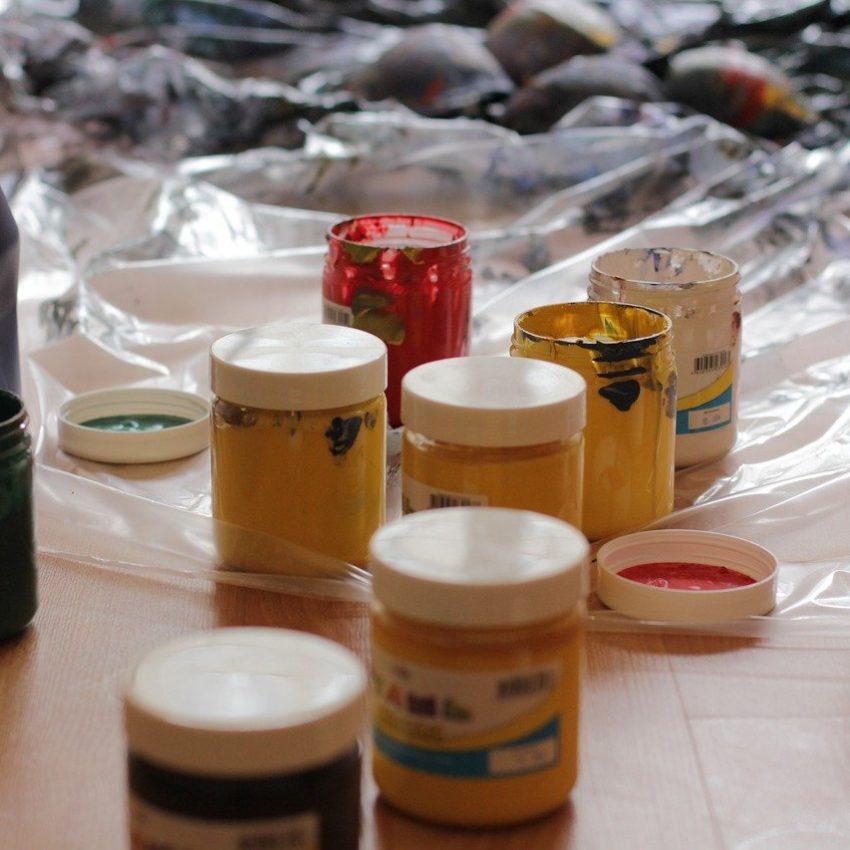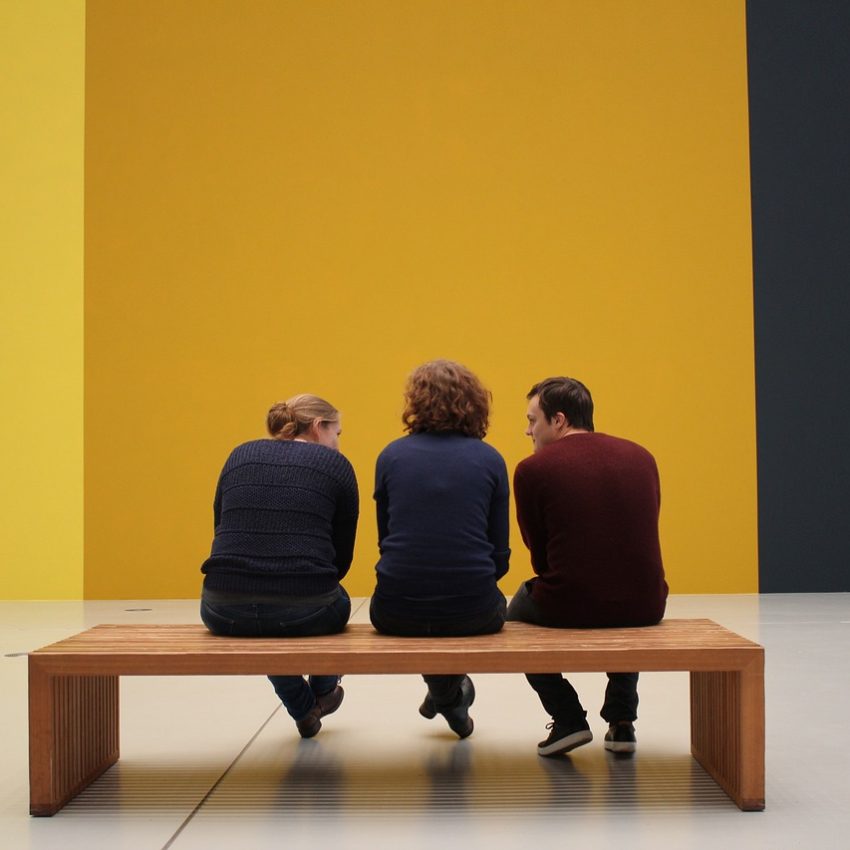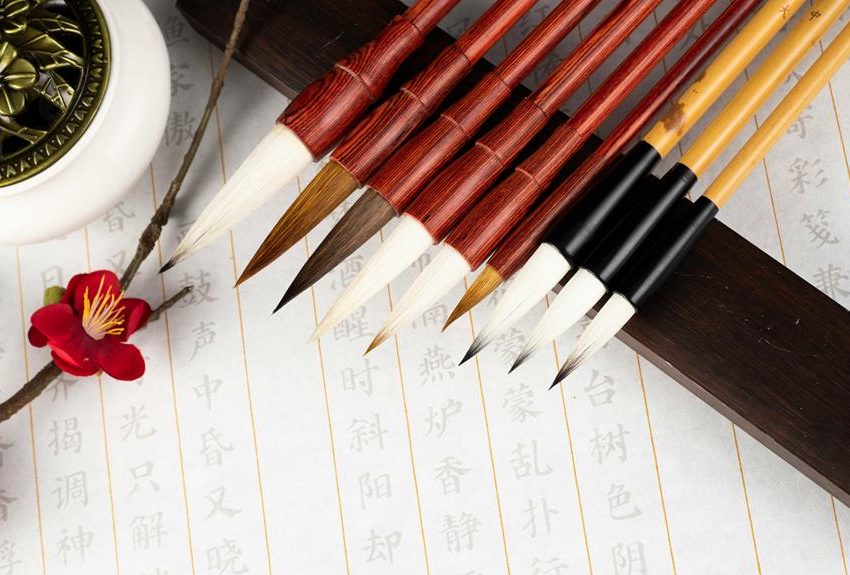Discovering the Beauty of Figurative Art - Liaison Gallery
Introduction to Figurative Art
Figurative art, rooted in depicting the human form and everyday objects, serves as a profound reflection of society and culture.
The power of figurative art lies in its ability to contextualize emotions, experiences, and societal norms through visual storytelling.
Artists often use this genre to communicate complex ideas and narratives that resonate with viewers on a personal level.
At its core, figurative art challenges perceptions and invites introspection through the portrayal of familiar subjects in unexpected ways.
By playing with proportions, colors, and symbolism, artists breathe life into their compositions while inviting viewers to unravel layers of meaning beneath the surface.
VThis dynamic interaction between creator and audience fosters a deep emotional connection that transcends linguistic barriers common in other forms of expression.
Define what figurative art is
What Constitutes Figurative Art?
Figurative Art encompasses representations of the human figure, typically seen in paintings and other artistic mediums post the early twentieth-century abstraction movement.
These artworks amalgamate figurative elements with modern or semi-abstract styles, a form of modern art incorporating expressive brushstrokes, vivid colors, and distorted forms.
Prior to this period, art characterized by lifelike depictions was commonly termed Realism.
Figurative art is a form of artistic expression that represents real objects or people in a recognizable manner, often with an emphasis on the human figure.
Unlike abstract art, figurative art directly depicts aspects of the physical world, drawing on elements such as shape, form, and color to convey meaning and evoke emotions.
This genre of art has been prevalent throughout history and allows artists to explore themes related to identity, culture, and society through a tangible visual language.
One intriguing aspect of figurative art is its ability to communicate complex narratives and ideas through the depiction of familiar subjects.
Artists use various techniques like composition and symbolism, fundamental in both traditional figurative painting and modern art, to convey nuanced messages that resonate with viewers on different levels.
By capturing human emotions, experiences, and relationships in their work, figurative artists offer us a reflection of our own humanity while inviting us to contemplate deeper meanings behind their representations.
In this way, figurative art serves as a powerful tool for bridging personal interpretations with universal truths about the human condition.
Understand figurative arts historical roots
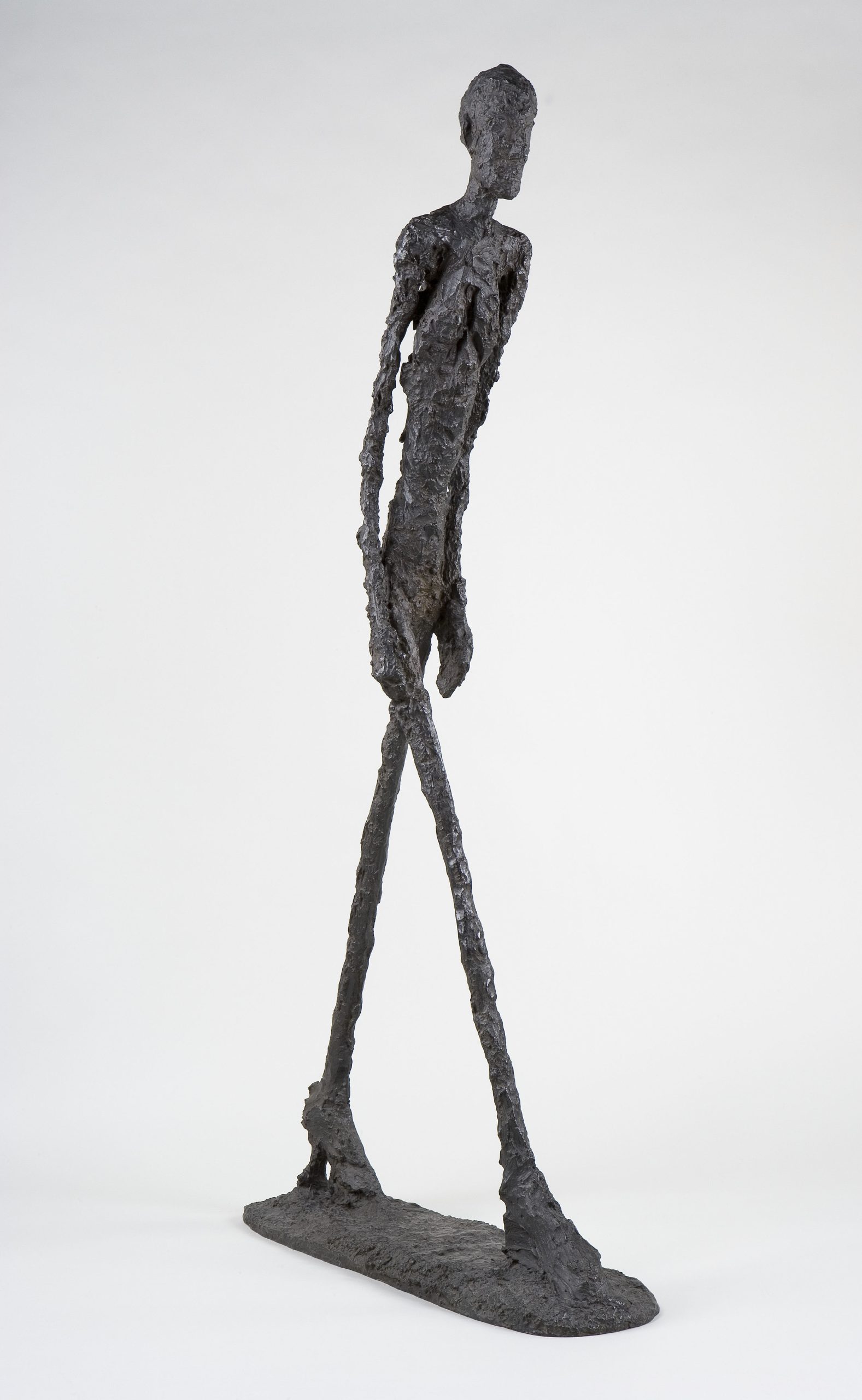
The roots of figurative art stretch back to ancient times, with civilizations such as the Egyptians, Greeks, and Romans using realistic representations of the human form in their various artistic expressions.
These early artists sought to capture the beauty and complexity of the human body, often imbuing their works with symbolic meanings and cultural significance.
As time passed, figurative art continued to evolve across different cultures and artistic movements, reflecting changing perspectives on beauty, identity, and society.
During the Renaissance period in Europe, figurative art experienced a resurgence as artists like Leonardo da Vinci and Michelangelo pushed boundaries in realism and emotional expression.
Their mastery of depicting the human form in exquisite detail set a new standard for figurative art that continues to influence artists today.
From romantic depictions of life in 18th-century Europe to bold expressions of individuality in contemporary works, figurative art remains a powerful vehicle for exploring humanity’s diverse experiences and emotions through visual storytelling.
Avant-Garde Pioneers
Pablo Picasso, Alberto Giacometti
Pablo Picasso’s creations, notably his paintings, collages, and sculptures from around 1920 onwards, stand as seminal examples of Figurative Art.
Despite his diverse stylistic explorations, Picasso eschewed full abstraction, maintaining a tether to reality in his works.
Paintings like “Nude Woman Lying in the Sun on the Beach” (1932) and portraits like “Lee Miller” (1937) transform tangible forms into jagged, vibrant shapes, rendering subjects almost unrecognisable.
Similarly, Alberto Giacometti’s sculptures, such as “Woman with Her Throat Cut” (1932), distort the human figure into surreal, biomorphic shapes, evoking unsettling psychological realms.
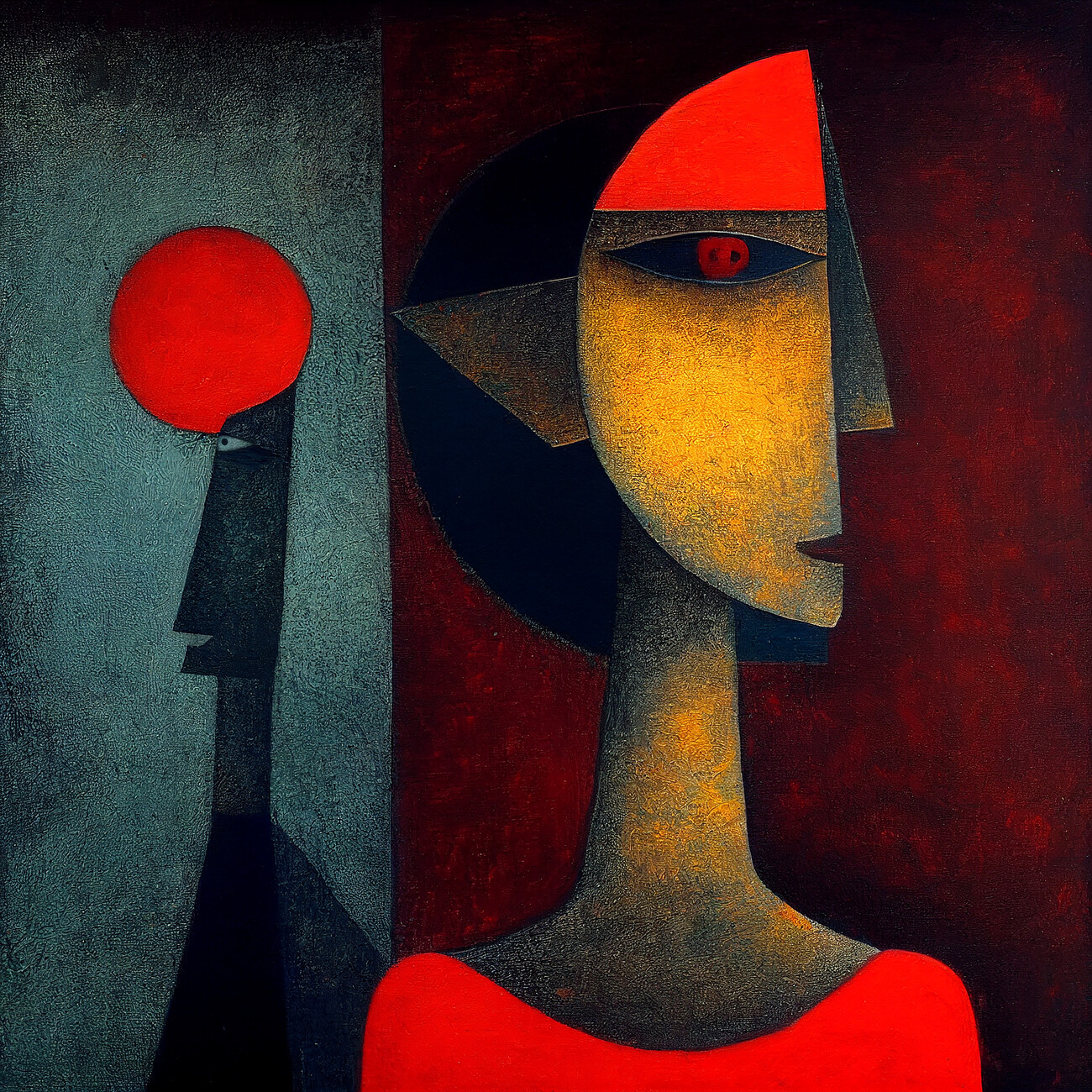
The Legacy of the School of London Painters
FRANCIS BACON, LUCIAN FREUD, R.B. KITAJ
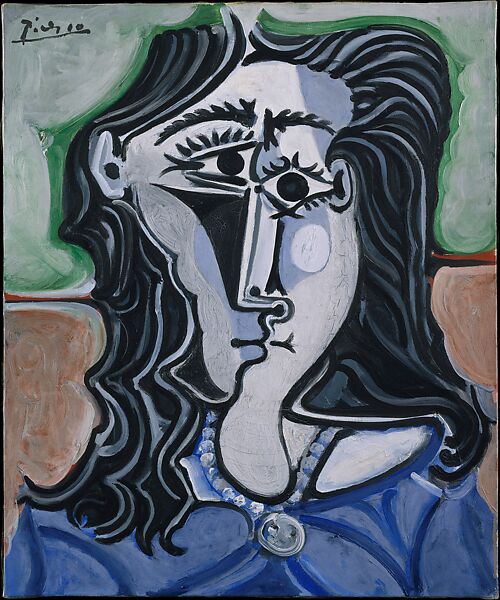
Following World War II, abstract movements like Abstraction, Pop Art, and Conceptualism gained prominence, overshadowing figurative art.
However, in the 1950s, the loosely affiliated School of London painters, including Francis Bacon, Lucian Freud, Frank Auerbach, R.B. Kitaj, Leon Kossoff, and others revitalized figurative subject matter, blending traditional motifs with elements of modern figurative art.
Their works depicted London’s inhabitants and landscapes with bold, gestural strokes and vivid hues, melding avant-garde abstraction with profound emotional depths.
This resurgence influenced subsequent generations, notably the Neo-Expressionists of the 1980s, such as Julian Schnabel, Georg Baselitz, and Steven Campbell, who fused abstraction with societal commentary.
Figurative Art in Contemporary Context
Neo-Expressionism
Today, Figurative Art encompasses a diverse array of media, including installation, photography, sculpture, and film, all referencing the human body.
Artists like Peter Doig, Marlene Dumas, and Luc Tuymans continue the Figurative Art tradition, infusing their works with abstract qualities influenced by the Neo-Expressionist movement.
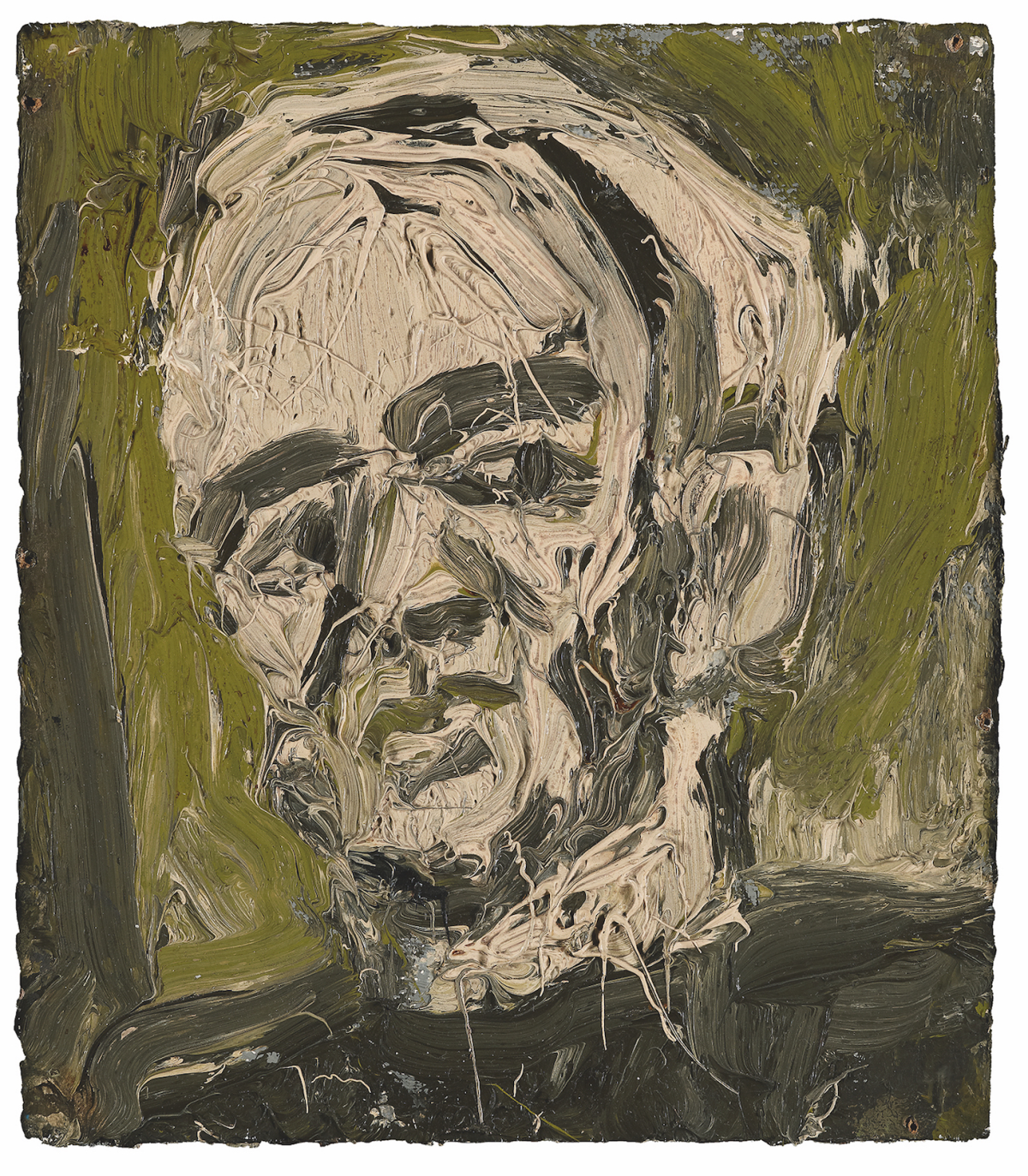
Characteristics and Styles Within Figurative Art
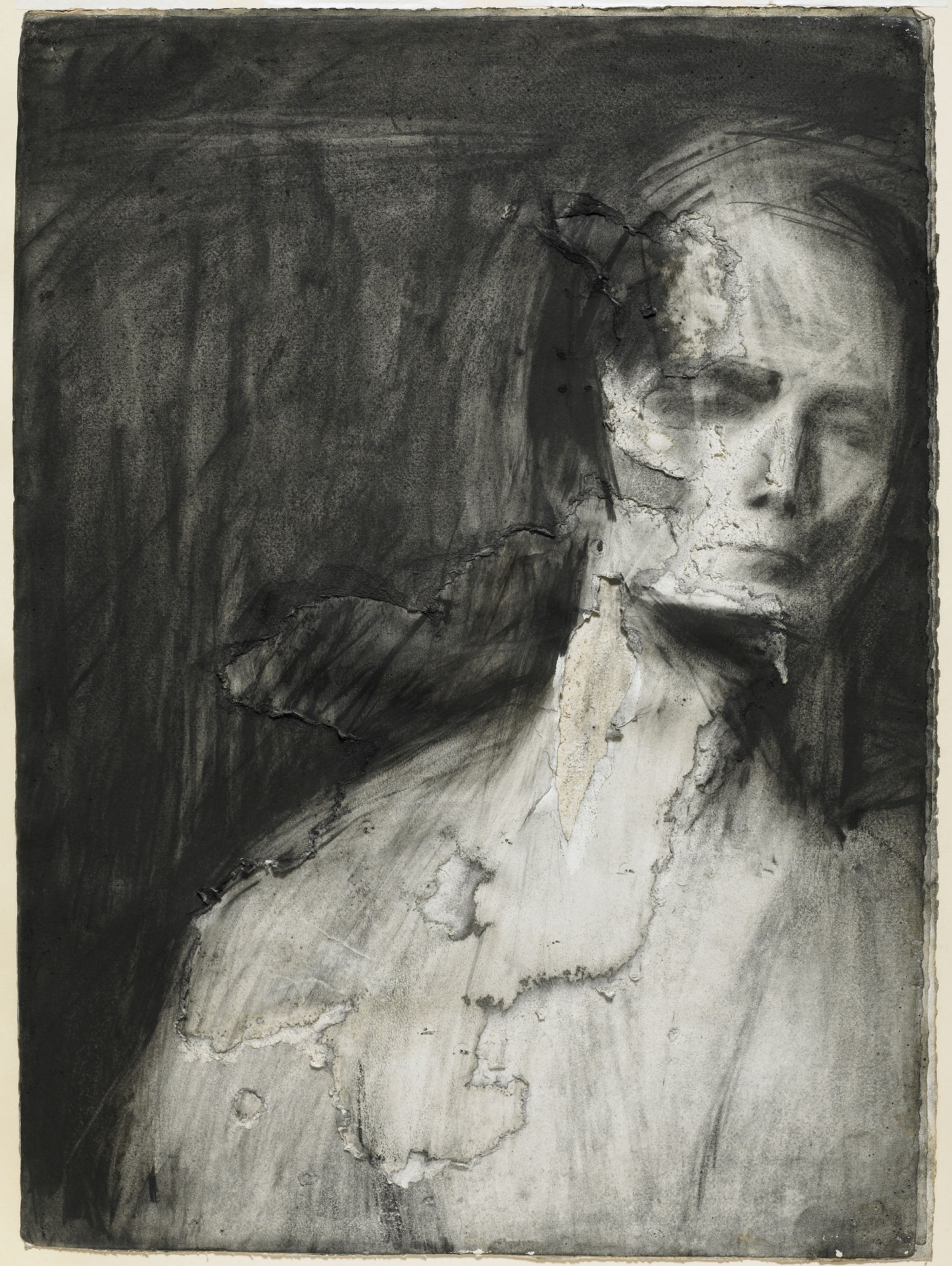
Figurative art encompasses a wide range of styles and characteristics that showcase the beauty and diversity of human representation.
From realism to abstract figuration, artists bring their unique perspectives to interpreting the human form.
Realism in figurative art focuses on capturing the subject with precise detail, often reflecting aspects of everyday life with a heightened sense of accuracy.
On the other hand, stylised figurative art explores more symbolic or expressive representations of the human figure, delving into emotions, concepts, and narratives beyond mere physical likeness.
Artists utilize various techniques such as distortion, exaggeration, or simplification to convey their message through the portrayal of figures.
This allows for a deeper exploration of themes like identity, politics, and culture within figurative art that goes beyond simple visual representation.
By incorporating different characteristics and styles within figurative art, artists can create powerful and thought-provoking pieces that resonate with viewers on a profound level.
Realism vs. Abstraction in Figurative Art
Realism and abstraction are two contrasting approaches in figurative art that continue to engage artists and viewers alike.
Realism aims to depict subjects with a high degree of accuracy, often focusing on intricate details and precise representation of form.
On the other hand, abstraction involves simplifying or distorting the subject to convey emotions or ideas beyond mere visual observation.
In exploring realism versus abstraction in figurative art, it becomes evident that each approach offers unique opportunities for artistic expression.
Realism can provide a sense of immediacy and familiarity, allowing viewers to connect with the subject on a literal level.
Meanwhile, abstraction opens up possibilities for experimentation and interpretation, inviting viewers to engage with the artwork on a more conceptual or emotional plane.
The interplay between realism and abstraction in figurative art underscores the versatility and richness of this genre.
Artists may choose to blend both approaches, creating captivating pieces that challenge traditional boundaries and spark dialogue among audiences.
Ultimately, whether rooted in meticulous detail or bold gestures of distortion, figurative art showcases the boundless creativity that arises from balancing realism with elements of abstraction.
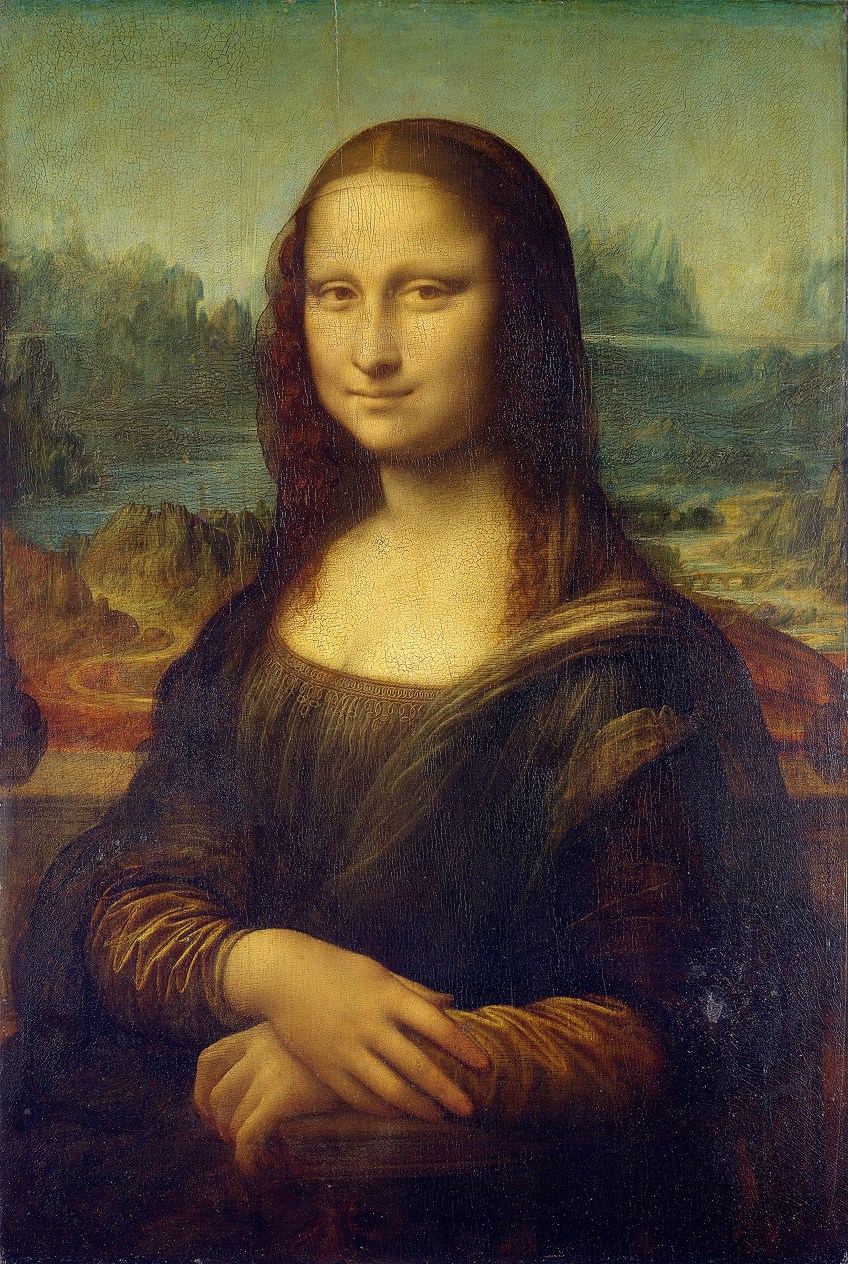
Notable techniques used by figurative artists
Figurative artists have long employed a plethora of techniques to imbue their works with depth and emotion.
One notable technique is chiaroscuro, a method that utilizes sharp contrasts between light and dark to create a sense of volume and drama.
By skillfully manipulating these extremes, artists like Caravaggio and Rembrandt infuse their figures with a striking three-dimensionality, a technique that has influenced the development of modern art styles.
Another intriguing technique frequently utilized in figurative art is the use of foreshortening.
This clever distortion of perspective, a hallmark of both impressionist and modern art, allows artists to portray objects or figures in a dynamic manner, as if they are receding into the distance or coming forward.
Artists like Leonardo da Vinci mastered this technique, offering viewers an immersive experience that bridges the gap between reality and illusion.
Foreshortening adds a sense of movement and energy to the composition, a technique that continues to influence modern art movements by inviting onlookers to engage with the artwork on a deeper level.
Moreover, artists often leverage colour theory in figurative art to evoke specific emotions or convey symbolic meanings through their choice of hues.
Whether using complementary colours for contrast or monochromatic palettes for subtle harmony, colour plays an essential role in enhancing the narrative and aesthetic impact of figurative artworks.
By deftly manipulating colors, artists can guide viewers’ emotions and interpretations, creating rich tapestries that resonate on both intellectual and emotional levels.
Influential Artists in Figurative Art History
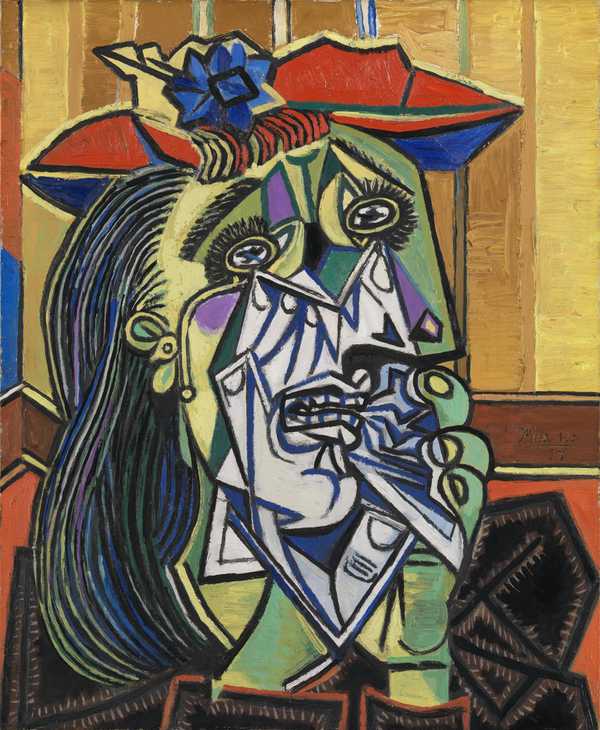
Caravaggio, a revolutionary Italian painter of the late 16th century, broke free from conventional artistic norms by infusing his figurative works with a striking sense of realism and dramatic lighting.
His mastery in capturing human emotion and intense storytelling through his paintings deeply influenced the Baroque movement that followed.
Moving into the 20th century, Alice Neel emerged as a prominent figure in figurative art with her raw and unapologetic depictions of individuals, often highlighting their vulnerabilities and inner struggles.
Her portraits possess a unique ability to explore the complexity of human existence, challenging societal norms and perceptions through her distinctive style.
Highlight famous figures known for their contributions
In the world of figurative art, several famous figures have left an indelible mark through their significant contributions.
One such luminary is Frida Kahlo, whose self-portraits not only showcased her own physical and emotional pain but also highlighted feminist and socio-political themes.
Another iconic figure is Leonardo da Vinci, revered for his meticulous anatomical studies that revolutionised the representation of the human form in art.
Their unique perspectives continue to inspire artists and art enthusiasts alike, underscoring the enduring power of figurative artwork to convey complex messages and emotions.
It’s impossible to overlook the impact of Pablo Picasso on the realm of figurative art, with his innovative Cubist approach challenging traditional notions of perspective and form.
Similarly, Kehinde Wiley has gained prominence for his vibrant portraits that subvert historical representations by featuring contemporary people of color in grandiose settings reminiscent of classical European paintings.
These prominent figures serve as a testament to the rich diversity within figurative artistry and remind us that creativity knows no boundaries when it comes to capturing the complexities of human experience through visual expression.
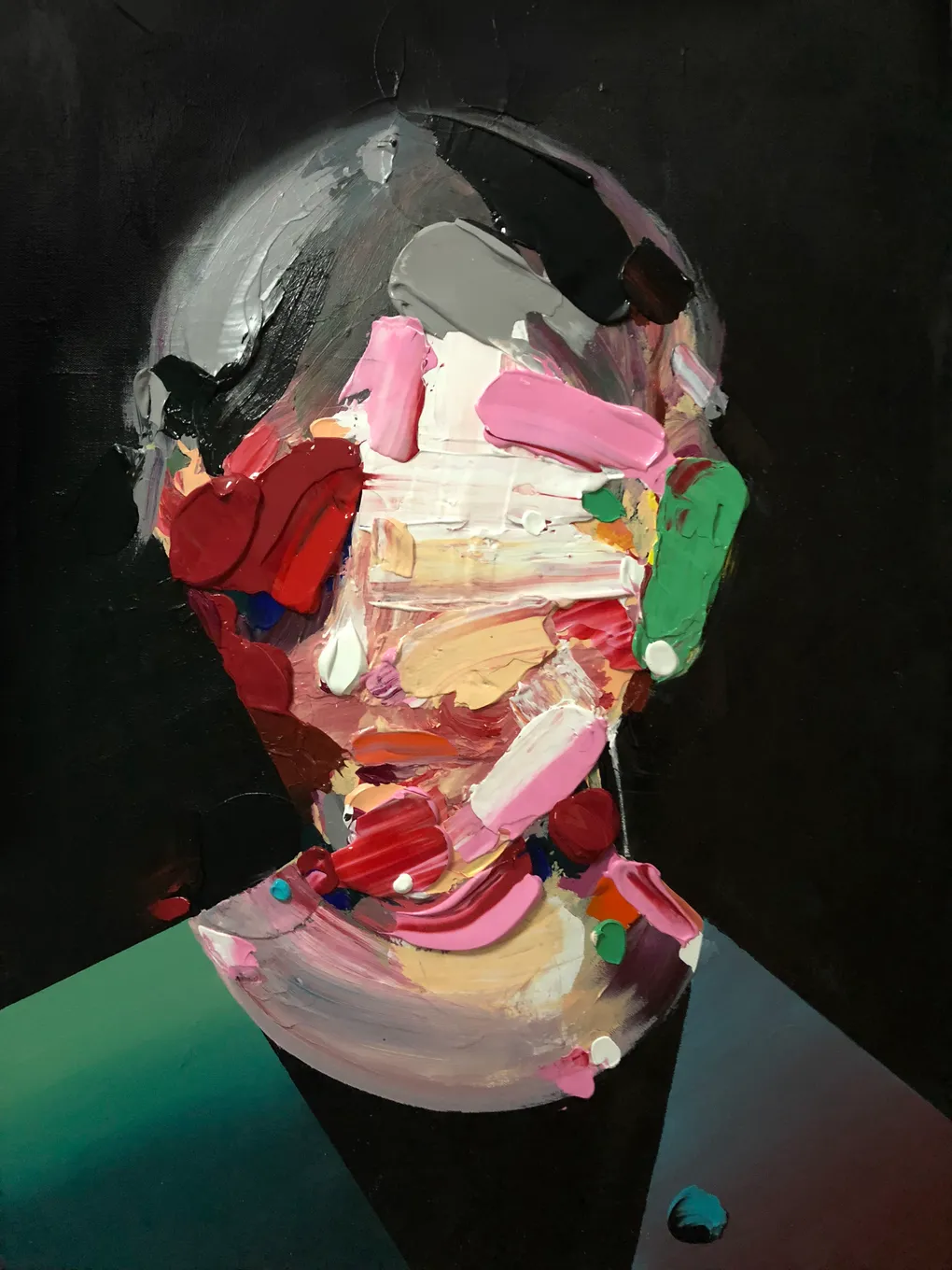
The Contemporary Relevance Of Figuratives
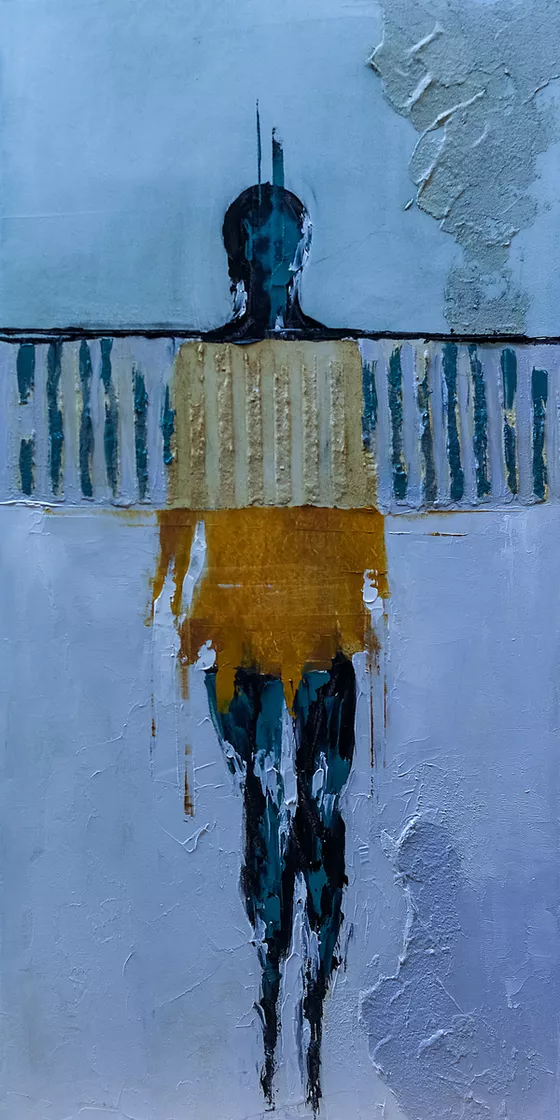
In today’s rapidly evolving art scene, figurative art continues to captivate viewers with its timeless appeal and contemporary relevance.
While abstract and conceptual art may dominate the conversation, figurative works offer a connection to human emotion and experience that is irreplaceable.
Artists are using figuration as a means to explore complex societal issues, reflecting the diversity and complexity of our modern world in a way that resonates deeply with audiences.
The resurgence of figurative art in recent years speaks to a desire for storytelling and narrative within the artistic landscape.
By depicting figures in various forms and contexts, artists are able to communicate poignant messages about identity, politics, and culture.
Through these depictions, viewers are invited to engage with deeper layers of meaning, sparking conversations that challenge preconceived notions and broaden perspectives.
Figuratives offer a compelling bridge between tradition and innovation, embracing the past while pushing boundaries towards new artistic horizons.
how modern artists are reinterpreting this tradition
In the realm of figurative art, modern artists are boldly reinventing traditional concepts with innovative approaches that challenge conventional norms.
By incorporating elements of surrealism, abstraction, and digital manipulation into their works, these artists are pushing the boundaries of figurative representation.
The juxtaposition of realistic figures with dreamlike landscapes or unexpected visuals adds a layer of complexity to the narrative, inviting viewers to question reality and delve deeper into the artist’s intentions.
Moreover, modern artists are embracing diversity and inclusivity in their portrayal of figures, celebrating different body types, skin colors, genders, and identities.
This shift towards a more inclusive representation not only reflects contemporary societal values but also offers a platform for marginalized voices to be heard.
Through their reinterpretation of tradition, these artists are fostering a more nuanced dialogue around issues such as identity politics, cultural perceptions, and personal realities.
By breaking free from the constraints of classical figurative art while still paying homage to its rich history, modern artists are redefining what it means to engage with the human form in art.
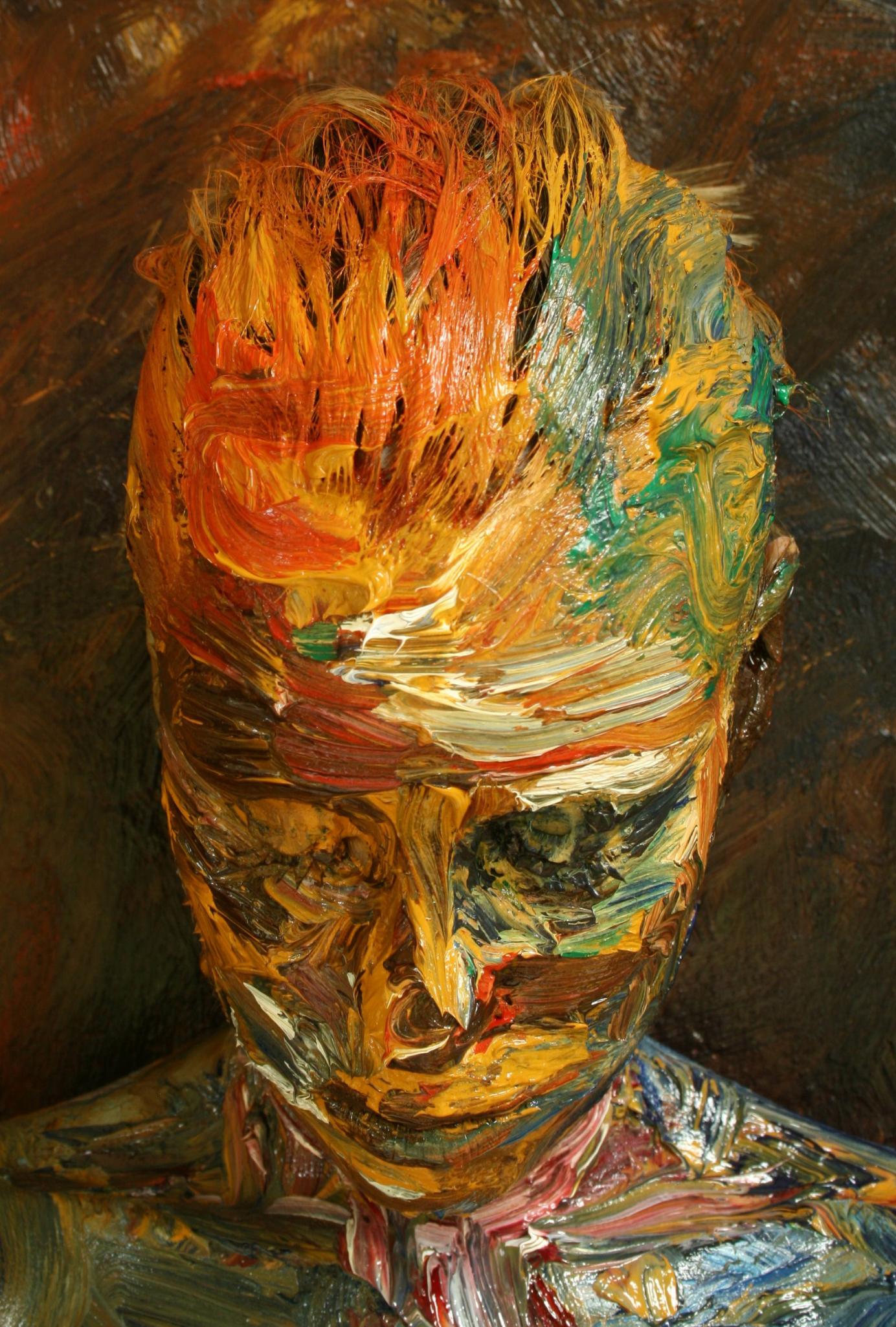
Impact And Perception In Society
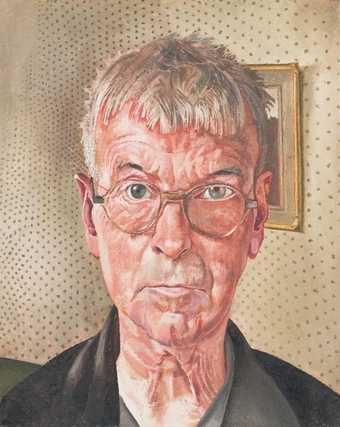
Art has always played a crucial role in shaping society’s perception and understanding of various issues, serving as a bridge between the real world and conceptual explorations in both figurative and modern art styles.
Figurative art, in particular, has the power to evoke emotions and challenge the viewer’s perspectives on social norms and values.
Through the depiction of human figures and their interactions, artists can shed light on important societal issues such as inequality, discrimination, and injustice.
The impact of figurative art on society lies in its ability to provoke thought and spark conversations that can lead to positive change.
By portraying everyday scenes or extraordinary moments with depth and emotion, artists have the power to influence how people perceive themselves and others in the world around them.
This form of art serves as a mirror reflecting back society’s values, beliefs, and shortcomings, forcing individuals to confront uncomfortable truths and inspiring them to strive for a more equitable future.
Explore societal attitudes towards figurative artworks
Societal attitudes towards figurative artworks have evolved significantly over time, reflecting the shifting values and cultural norms of each era, and increasingly incorporating discussions on modern and fine art.
While in the past, figurative art faced criticism for its perceived lack of abstraction and innovative creativity, contemporary society has come to appreciate the depth and complexity that realistic representations can convey.
The embrace of figurative art in modern contexts demonstrates a recognition of the power of human connection through visual storytelling.
One interesting aspect of societal attitudes towards figurative artworks is the ongoing debate between traditionalists and proponents of abstract art.
Some argue that figurative art holds more relatable narratives and emotional resonance, drawing viewers into familiar scenes or faces with which they can connect on a personal level.
In contrast, supporters of non-figurative forms often champion the freedom of interpretation that abstract pieces offer, pushing boundaries and challenging conventional perspectives on beauty and meaning.
This dynamic tension underscores the rich diversity within artistic expression and highlights how societal attitudes towards figurative art are constantly evolving as new voices join the dialogue.

Conclusion And Future Trends
In conclusion, figurative art continues to hold a unique place in the art world, bridging the gap between representation and abstraction.
As artists experiment with new techniques and mediums, the boundaries of traditional figurative art are constantly being pushed and redefined, evidencing its evolution into a form of modern art.
The future trends in figurative art seem to be leaning towards a more diverse and inclusive approach, welcoming artists from different backgrounds and perspectives to showcase their interpretation of the human form.
Looking ahead, it is exciting to see how technology will continue to influence figurative art, with virtual reality and digital tools offering new possibilities for artists to explore.
Additionally, there is a growing interest in showcasing marginalised voices and underrepresented communities through figurative art, highlighting important social issues through visual storytelling.
Overall, the future of figurative art appears bright, full of potential for innovation and evolution in both technique and subject matter, as it continues to intersect with modern art movements.
Reflect on the enduring appeal of this artistic style's future prospects
As we delve into the realm of figurative art, it becomes apparent that its enduring appeal lies in its ability to capture the human experience in a way that transcends time and cultural boundaries.
This artistic style not only reflects the complexity and diversity of human emotions but also serves as a mirror to society’s values and beliefs.
Despite the ever-evolving landscape of contemporary art, figurative art remains relevant and impactful, resonating with viewers on a deeply personal level.
Looking ahead, the future prospects for figurative art are promising as artists continue to push boundaries and experiment with new techniques and mediums.
The blend of traditional skills with innovative approaches, characteristic of modern figurative art, breathes new life into this timeless style, ensuring its relevance in a rapidly changing world.
As technology advances, we can expect to see exciting developments in figurative art, merging digital tools with traditional methods to create mesmerising artworks that captivate audiences across generations.
In conclusion, the term “figurative art” has gained prominence, particularly since the arrival of abstract art, to describe artists who incorporate elements of the real world into their subject matter.
However, it also applies retrospectively to all art preceding abstract art.
Distinguishing modern figurative art from modern realism lies in the usage of contemporary idioms, contrasting with the styles predating post-impressionism typically associated with modern realism.
Essentially, modern figurative art aligns closely with the broader current of expressionism spanning the twentieth century and beyond.
Pablo Picasso, notably from around 1920, stands as a paramount figure in modern figurative painting, while Alberto Giacometti emerges as a leading figurative sculptor, particularly post-1940.
Following World War II, the trajectory of figuration can be traced through luminaries like Francis Bacon, Lucian Freud, and the collective of artists affiliated with the School of London.
Moreover, it extends through subsequent movements such as pop art, neo-expressionism, and the emergence of new spirit painting, showcasing the enduring vitality and evolution of figurative art in the modern era.
Contemporary figurative artwork continues to depict the human figure in various forms and styles, paving the way for innovative expressions of the human experience.
From gestural and expressive compositions to photorealistic renderings, figurative artists explore a wide range of techniques and approaches.
With strong references to the real world and the human form, figurative art remains a dynamic and influential form of modern art, resonating with audiences across the globe.

